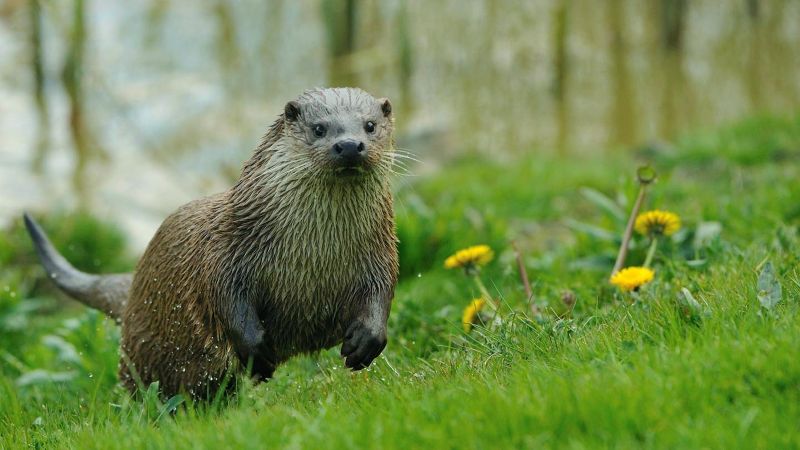December Events and Looking Forward to 2026!
Following the Churches Together ‘Carols on the Green’ on Friday 19 December (6:30pm to 7pm), the bar and lounge will be open. Mulled wine will also be served, at £4.00 a glass. A donation from mulled wine sales will be made to Butterwick Hospice.
In the bar, a Christmas Kanikapila with Sedgefield Smile Time Ukulele Band will also take place beginning at 7:15pm, in the main hall. This is a free event.
SCA are pleased to hold the very popular Christmas Eve Quiz, 7:30pm for 8pm with quiz-master Peter Hinde. This is also a free event and, of course, the bar will be open. Feel free to bring Christmas nibbles and treats.
We are hosting a traditional Burns Supper on Saturday 24 January, starting at 7:15pm. Tickets are £35, to include a drinks reception, followed by a 5-course meal (choice of haggis, roast beef or vegetarian option) with a cheese board and coffee. There will be ‘pipes, toasts, talks and quotes’ too! Tickets can be purchased by contacting Pat, on the number below.
SCA Membership 2026
In January, SCA will begin to collect the annual subscription fees. As last year, it’s £8 for over 60s, £9 for adults and £4.50 for young people and students. SCA is a wholly volunteer-led organisation, and member subscriptions are central to the running of the association—without them, SCA could not run as it does.
Members can benefit from reduced cost for room hire as well as insurance liability protection for any group activities and events. Because the SCA is a registered charity, any SCA sections may also use this charitable status, when applying for grant funding. Anyone can become a member, as an individual or as part of a group. Contact Jean Easson (Membership Secretary) on 01740 620656, enquire at the bar (cash) or contact any of the numbers below.
The SCA Programme of Events 2026 will be inserted into the January edition of Sedgefield News.

There have been quite a few photographs on social media recently, accompanied by lots of excitement.
Why? Well, the otters at the Tees Barrage have been putting on a show. Having never seen an otter in the Tees Valley I had to make a visit, so one Wednesday I planned to pop in and try my luck. I was standing (if you know the barrage site) just by the fish pass and there were around a dozen people there. Suddenly, to my left, I heard a murmur of excitement.
We all looked over the barriers, and there it was - a rather large otter moving its way along the edge of the river. Before we knew it, and before I had the chance to get my camera out, it was out onto the path and crossing over into the white-water site. We all managed to follow it - seeing it swim under water as it made its way back to the river. What an experience - I was over the moon - my first otter sighting in the Tees Valley.
I remember the story of how, a few years ago elsewhere in the North East, an Otter Project Officer was in post for at least two years before they saw an otter - they did their surveys by looking for otter spraint (droppings) and rarely encountered a live otter.
Otters almost disappeared in the mid-20th century due to hunting, pesticides (like DDT), and poor water quality. They survived mainly in Wales, Scotland, and Northern Ireland. The River Tees, once heavily polluted during the industrial era, now supports salmon, seals, eels, and otters thanks to major conservation and water quality improvements.
How things have changed; otters can now be found in every county in England. Over the past few years, the number of reports of otter have increased in the Tees Valley including those at the barrage and Portrack Marsh, especially if you get up early to try and spot them. As apex predators, otters help regulate fish populations and indicate healthy waterways. Their return reflects the broader ecological recovery of the Tees Valley.
However, with an increased number of visitors looking for otters especially at the barrage, people need to consider that these animals are wild animals and need to remember to give them space, not to chase them and very importantly keep their dogs on a lead. Even well-behaved dogs may react differently when confronted with an otter; this is both for the safety of the otter and the dog as otters can be aggressive especially when they have young to protect.
As well as the dangers of human disturbance, otters also have to contend with new and varied threats, including habitat destruction (road building, new urban developments), persecution by fishery owners and gamekeepers (as they are seen as a threat to fish and game birds, which is untrue), and if near the sea, injury and capture in fishing nets.
Changes in traditional farming methods also play a part in threatening the otter via the increased use of pesticides. So, there is still a need for vigilance but with continued conservation efforts, monitoring, and public awareness hopefully the future of this remarkable animal will be secure in the Tees Valley.


 Our January Meeting, a week later than usual on the 9th, will feature
Mike Thornton, the son-in-law of Norman Cornish, the Pitman Painter from Spennymoor. If you are retired/semi-retired, do come along and listen in with us as we hear stories, facts and anecdotes about the depth and breadth of Cornish’s career. Friday 9 January at 2pm in the Parish Hall.
Our January Meeting, a week later than usual on the 9th, will feature
Mike Thornton, the son-in-law of Norman Cornish, the Pitman Painter from Spennymoor. If you are retired/semi-retired, do come along and listen in with us as we hear stories, facts and anecdotes about the depth and breadth of Cornish’s career. Friday 9 January at 2pm in the Parish Hall.





